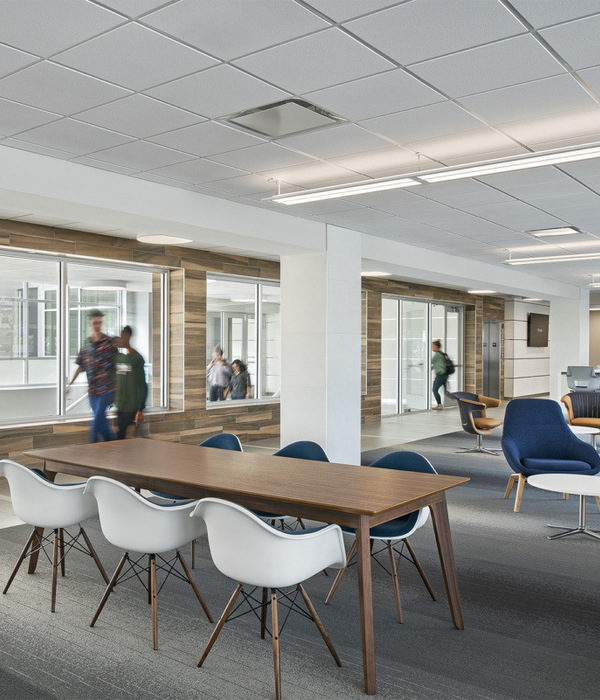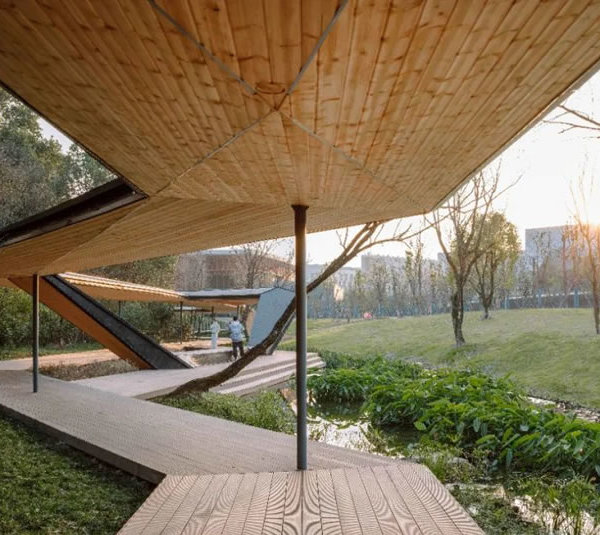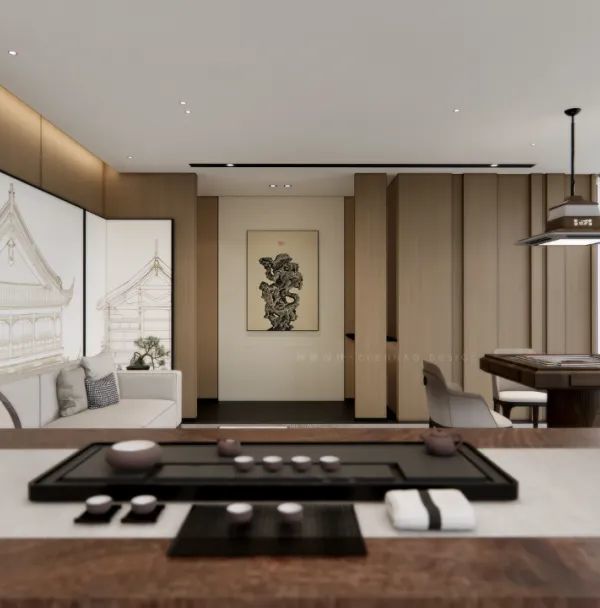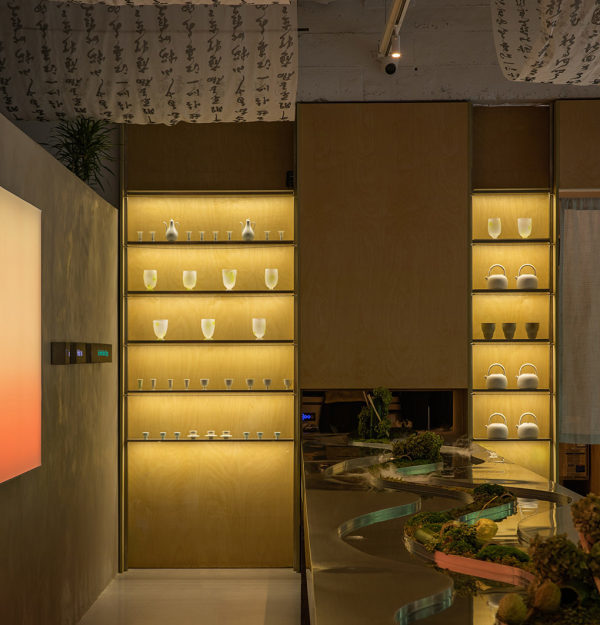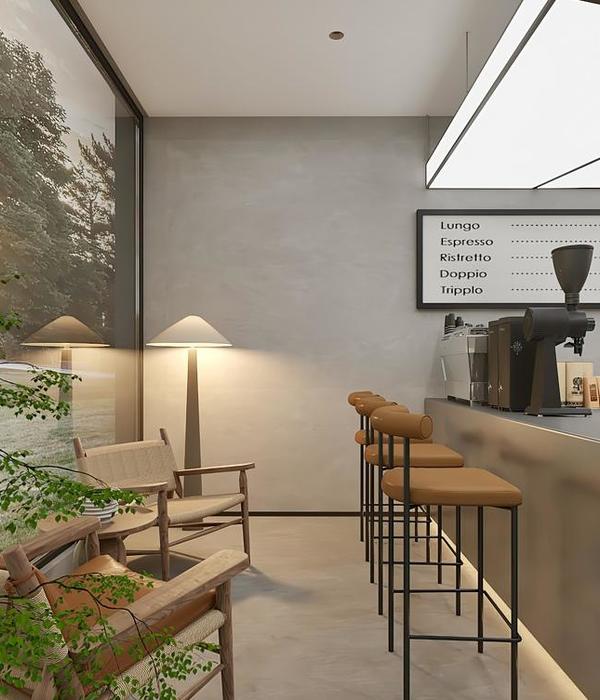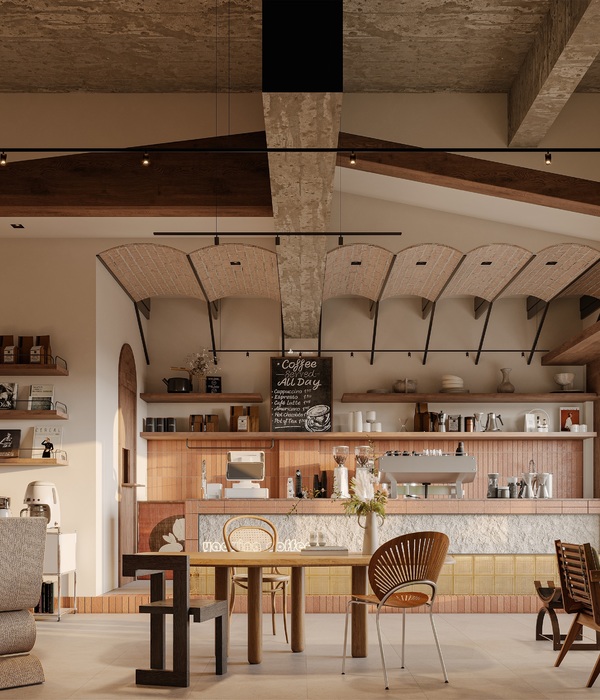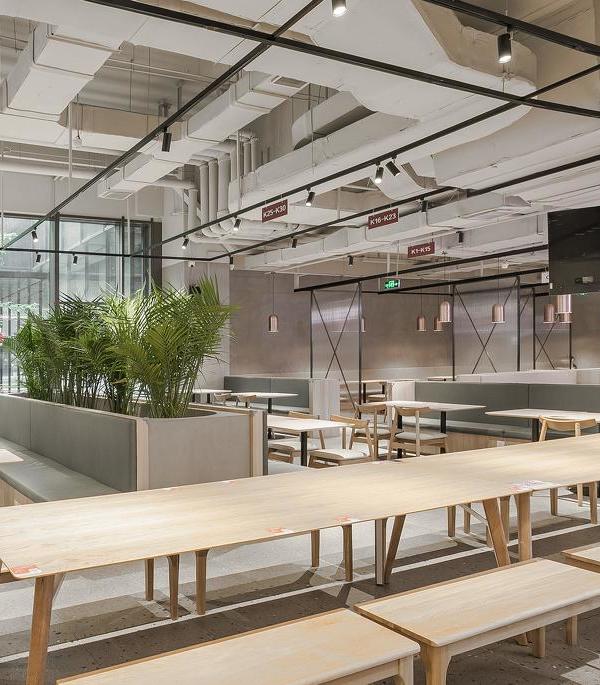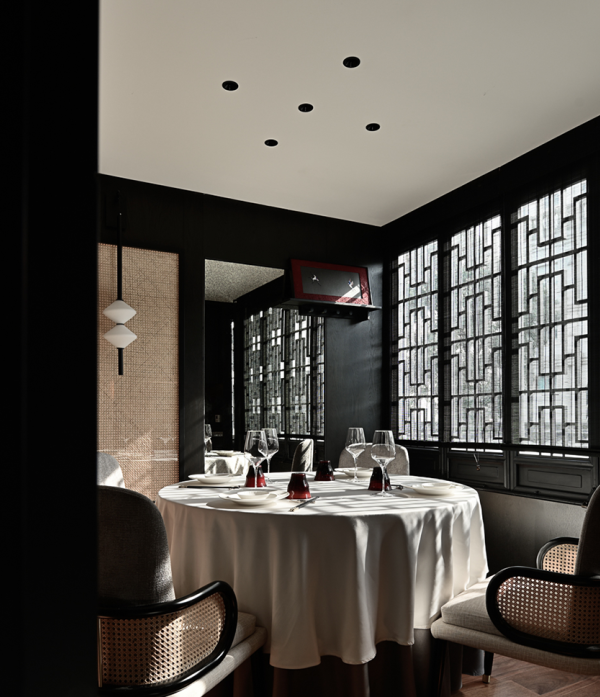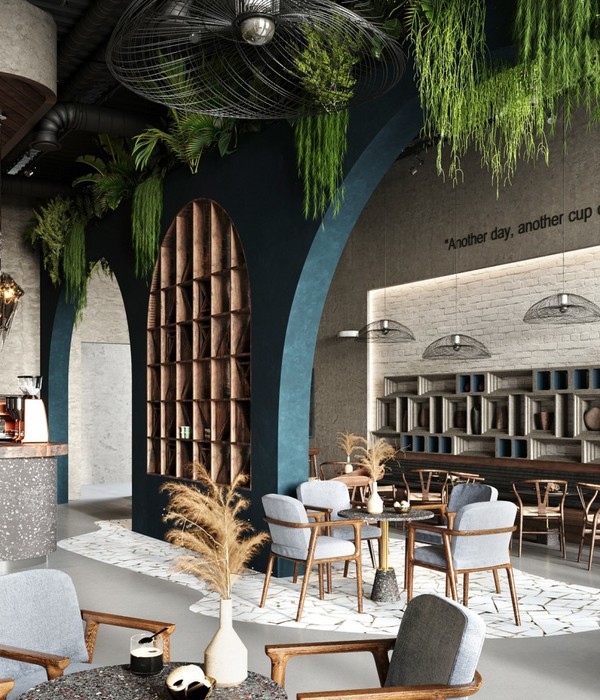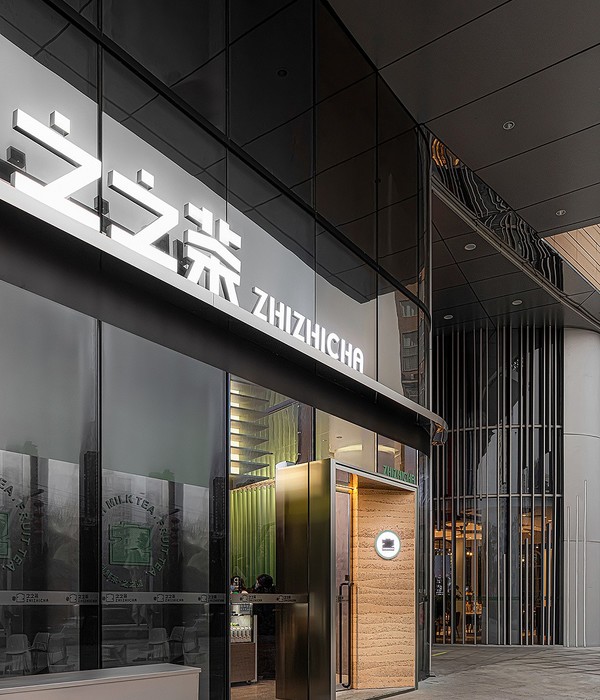上海西北部的扬州市有一个施桥园,水上漂浮着一座竹院茶馆,其设计者是HWCD的合伙人,中国建筑师孙炜。HWCD是一家国际化的设计事务所,在上海、伦敦和巴塞罗那有办公室。HWCD的设计涵盖多种项目,由其擅长精品酒店、住宅项目和综合体项目。他们通过结合亚洲传统审美和现代设计语言,旨在彰显建筑和设计领域的“全球相互关联性”。
竹院是HWCD设计哲学的有一个范例,沿袭中国传统园林的基本元素,融入自然的环境。漫步住院中,竹子纵横交错,营造纵向横向视觉效果。高高的竹条围合成户外步行道,在湖面上呈不对称布局。
扬州传统庭院由朝内的凉亭组成,形成一个内部景观空间。竹庭院中汲取灵感,在方形平面布局基础上分割出小空间,以营造内部景观区域。每个内部景观空间皆可饱览湖面全景。
从外观上看,竹院是一个有虚实变化的立方体。夜晚灯火亮起,茶室的竖向线条更加明显。简洁的外形诠释了建筑与自然统一。竹子和砖的天然材料保证了可持续性。外墙开口加强了竹院自然通风,厚实的砖墙冬季保温效果好,减少了对人工取暖和人工制冷系统的依赖性。
茶是中国最珍贵的文化遗产之一,几千年来一致深受欢迎。茶需要置于一个低调的环境中,来让人们领悟其悠久历史。竹院以其内在建筑和设计,为饮茶体验提供了一个契机。
FOR IMMEDIATE RELEASE:
Bamboo Courtyard Teahouse by HWCD
Located in the ShiQiao garden in Yangzhou, a city to the northwest of Shanghai, there is a floating Bamboo Courtyard Teahouse designed by Chinese architect Sun Wei, partner of HWCD. As an international design practice, with offices in London and Barcelona, HWCD has been developing various projects, specializes in boutique hotels, residents and mix-use projects. Their projects emphasize on the existing “worldwide interconnectedness” in the architecture and design spheres by bringing together traditional Asian aesthetic and modern design language.
The Bamboo Courtyard is an example of the HWCD design philosophy, embracing the traditional Chinese garden fundamentals while blending into the natural environment. The bamboo is arranged vertically and horizontally to produce “depth” and visual effects as you walk around. Tall rows of bamboo sticks create corridors along the outdoor walkway and are organized in asymmetric fashion on the lake.
Traditionally, Yangzhou courtyards are formed with inward facing pavilions, creating an internal landscape space. Drawing inspiration from this, the bamboo courtyard was designed from a basic square footprint, fragmented into small spaces to create an internal landscape area. Each of the spaces has views into the surrounding lake, allowing a panoramic view of the area.
From the exterior, the bamboo courtyard is a cubic form with a variation of solids and voids. The strong verticality becomes more apparent at night when the teahouse lights up to illuminate the surroundings. The simple form illustrates the congruent blending of architecture with nature. Moreover, the natural materials such as bamboo and bricks provide sustainable sensibilities. The pocket of voids improves natural ventilation within the bamboo courtyard while the thick brick wall retains heat in winter, reducing the dependency of mechanical heating and cooling system.
Tea is one of China’s most precious culture heritages and has remained popular throughout thousands of years. It requires an unassuming setting in order to understand its lengthy process. The bamboo courtyard provides the adequate setting to a tea experience, emphasizing the underlying importance of design and architecture.
Credit information:
Location: ShiQiao, Yangzhou, China
Client: Building And Construction Authority of YangZhou Economic and Technological
Development Zone
Client-side Project Manager: Yao Qiang
Design Firm: Harmony World Consulting & Design (HWCD)
Design partner in charge: Sun Wei
Design Team: Shi Jun, John Villar, Peter Dykes, Zhang Qian Qian (CGI)
Photographer: T+E
Building Area: 400m2
Completed: May 2012
MORE:
HWCD Associates
,更多请至:
{{item.text_origin}}

